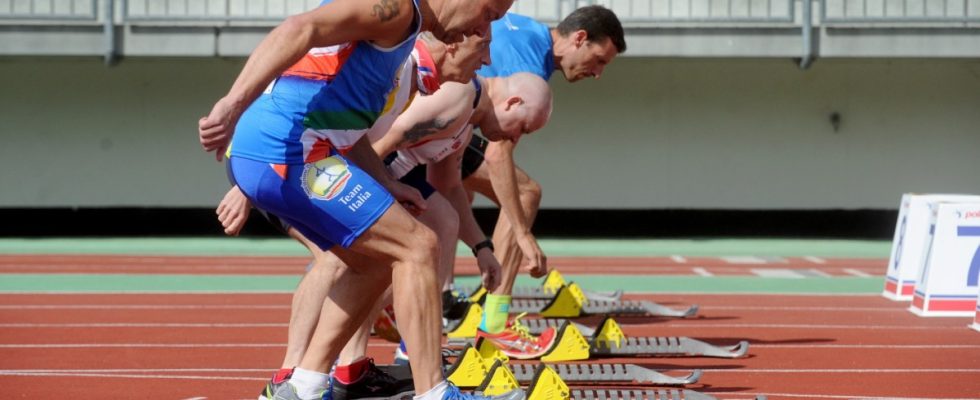Get out of your comfort zone – this not only applies to your head, but also to your bones and joints. Naturally, gently and slowly increase the dose. However, the idea of physiotherapists and orthopedists may also be suitable for a new recording of the Monty Python sketch “The Ministry of Silly Walks”. In the comedy classic from 1970, ministry employees specialize in eccentric gaits and decide which mobility habits will be supported with funding.
Motor skills experts have repeatedly suggested walking backwards occasionally. Since there is a trend on Tiktok, this form of movement is currently popular Scientific American discussed. If you ignore aesthetic questions, you will certainly find medical advantages to the unusual gait. For older people with joint problems, it can be helpful to walk backwards every now and then, argues physiotherapist Kristyn Holc from New Jersey. If every step forward hurts due to osteoarthritis in the knee, the unusual movement relieves the strain on the damaged leg and improves mobility. In addition, neglected muscle groups would be strengthened in this way. Alpinists know the advice to go backwards downhill if your kneecaps hurt.
In fact, for most people, the quadriceps on the front of the thigh are more pronounced than the counterpart on the back. The gluteal muscles on the buttocks are also strengthened by the backward walk, which is referred to in specialist articles as retro-ambulation, which sounds more elegant than it looks. Additionally, the hip flexors are more stretched and stretched when the feet are placed backwards instead of forwards. Activating all of these muscle groups can improve posture, stabilize gait, strengthen balance and thus prevent falls.
Footballers and handball players warm up by running sideways and backwards
“As a coordination exercise, this is good and has been tried and tested many times,” says orthopedist Marcus Schiltenwolf from the Heidelberg University Hospital. “Walking backwards improves functional skills. However, such exercises have no influence on whether the osteoarthritis progresses.” To prevent joint wear and tear, it is helpful to use the entire range of motion of the bone connection. This also improves the neuromuscular interaction. This is one of the reasons why running sideways and backwards is part of the warm-up training for many ball sports. “If you keep fit in this way, you notice aging less,” says Schiltenwolf.
However, caution is the first duty of backwards runners. After all, humans don’t have a built-in rearview mirror. Movement is easier to control on the treadmill; alternatively, someone can walk alongside you. Nevertheless, some doctors remain skeptical. “I think that evolution has its place, although we also have some construction sites to thank for the upright forward walk,” says Munich orthopedic surgeon Hartmut Gaulrapp. “It’s also annoying that you have to constantly turn your head while walking backwards, but that could at least mobilize the cervical spine.” And it prevents falls – and that would be real progress.

